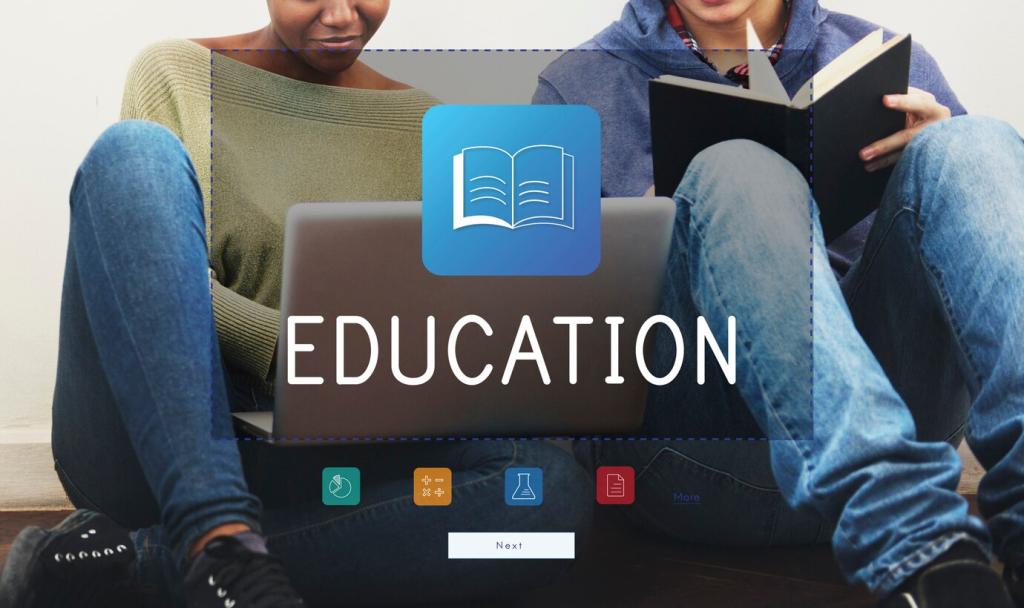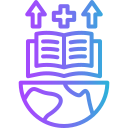Unlocking Creative Problem Solving in Professional Development
Chosen theme: Creative Problem Solving in Professional Development. Step into a practical, story-rich space where curiosity becomes career momentum. We’ll explore mindsets, methods, and real-world wins that help you solve tricky workplace challenges with clarity and courage. Join the conversation, share your toughest problem, and subscribe for weekly prompts that sharpen your creative edge.

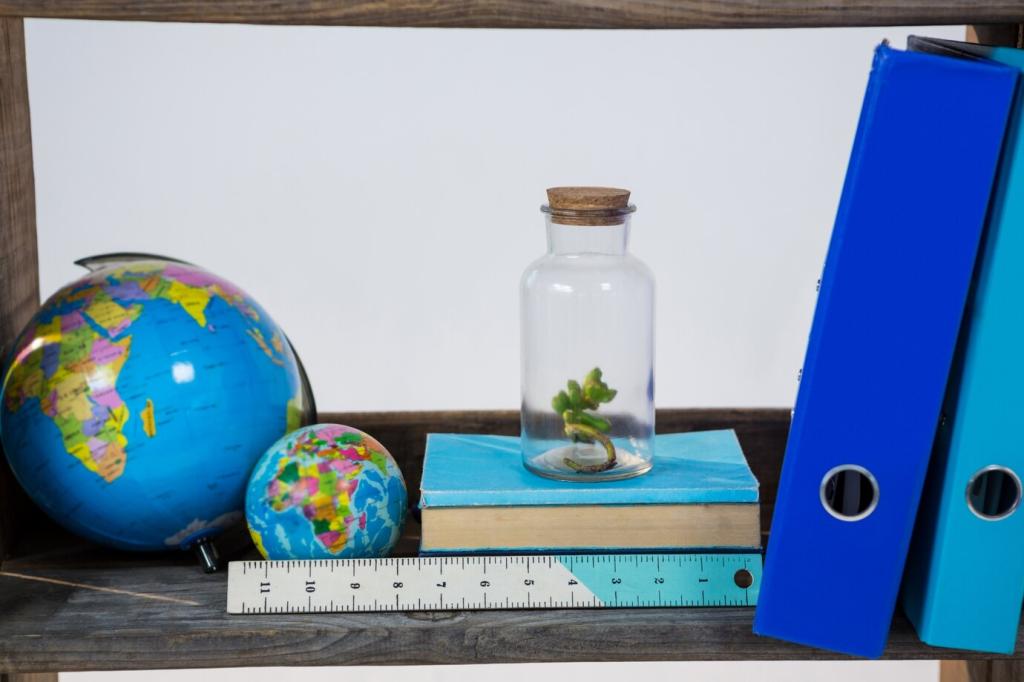
The Creative Problem Solver’s Mindset
Creative problem solving starts by trading quick answers for sharper questions. Ask what would make the problem disappear, who truly benefits, and what evidence you’re missing. Share your favorite breakthrough question and inspire others to expand their thinking today.
The Creative Problem Solver’s Mindset
Most stuck moments hide a silent assumption. Rename the challenge, flip the constraint, or deliberately exaggerate it to see fresh paths. Try reframing your current work bottleneck and tell us which surprising option appeared when you changed the frame.
Design Thinking in One Week
Day one: empathize with users through quick interviews. Day two: define the core need. Day three: ideate wildly. Day four: prototype. Day five: test. Share your five-day plan in the comments and invite a colleague to join the sprint.
SCAMPER Your Workflow
Substitute, Combine, Adapt, Modify, Put to another use, Eliminate, Reverse. Run SCAMPER on a tedious process and document two ideas per letter. Post the best shift you uncovered, and help another reader iterate theirs.
Jobs To Be Done Interviews
Ask what “job” the user hires your product or process to do. Probe moments of struggle, switching triggers, and desired progress. Schedule one lightweight interview this week and share the most surprising phrase you heard.
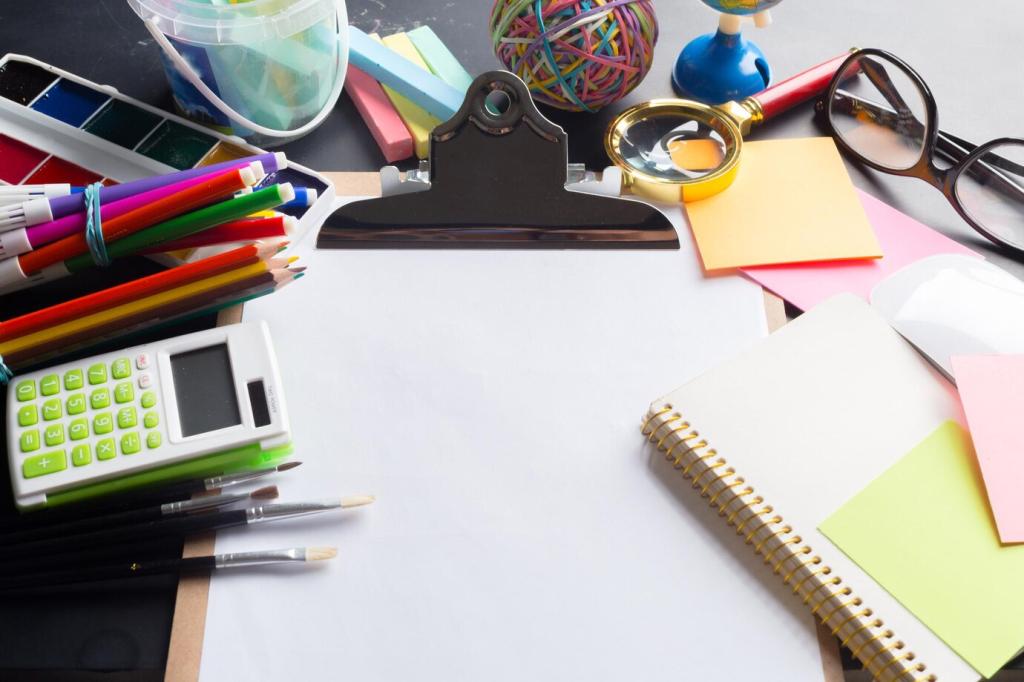
Stories from the Hallway: Real-World Wins
A project lead sketched a clickable mockup during a train commute, testing it with three customers that afternoon. The feedback killed two risky features and sharpened one winner. Try a two-hour prototype this week and report your biggest discovery.
Tools, Rituals, and Habits that Compound
Set a daily quota of ten ideas, including intentionally bad ones to loosen thinking. Celebrate the silliest suggestion; it often masks a bold insight. Try it tomorrow morning and share the one ‘bad’ idea that revealed a new angle.
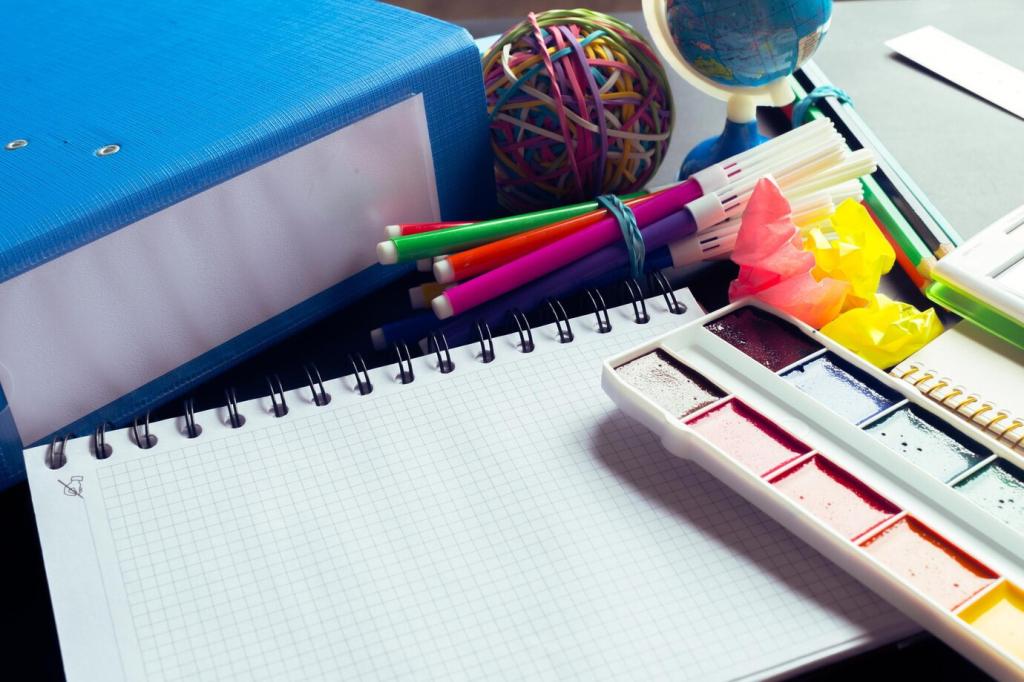
Creative Collaboration and Team Culture
Rituals for Psychological Safety
Open meetings with assumptions, not conclusions. Normalize saying, “I might be wrong—here’s my draft.” Rotate facilitation to flatten status. What small ritual could make your next session safer and sharper? Commit to one change and invite feedback.
Harnessing Cognitive Diversity
Pair a detail-oriented analyst with a big-picture strategist, then timebox divergent and convergent phases. Name roles to reduce conflict. Share a duo you’ll intentionally pair this month and the problem you’ll tackle together.
The Facilitator’s Three Moves
Clarify the problem frame, constrain the time, and capture decisions visibly. These moves keep energy high and learning explicit. Try them in your next workshop and tell us which moment shifted the group’s momentum most.
Working with Constraints and Ambiguity
Rewrite each constraint as a creative brief: given X budget and Y timeline, what solution must still delight? This reframing channels energy. Draft a brief today and share the single guiding sentence that will steer your work.
